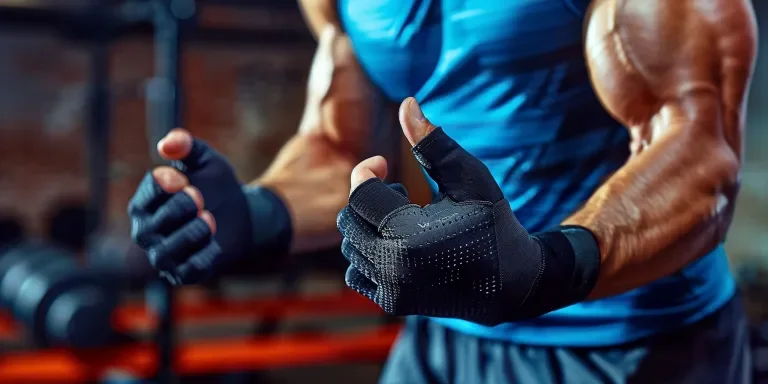Weight lifting gloves are more than just a piece of gym equipment; they are an extension of the athletes who wear them. They serve not only to protect the hands but also to enhance grip, reduce the risk of blisters, and improve overall performance in strength training. In this article, we delve into the five crucial aspects of weight lifting gloves that users care most about, based on thorough research and understanding of fitness enthusiasts’ needs. From material and design to grip, durability, and size, we uncover the vital features that make these gloves an indispensable part of your workout gear.
Table of Contents:
– Understanding the materials used in weight lifting gloves
– The importance of glove design and fit
– Exploring grip enhancement features
– Assessing the durability of weight lifting gloves
– Finding the right size for your hands
Understanding the materials used in weight lifting gloves
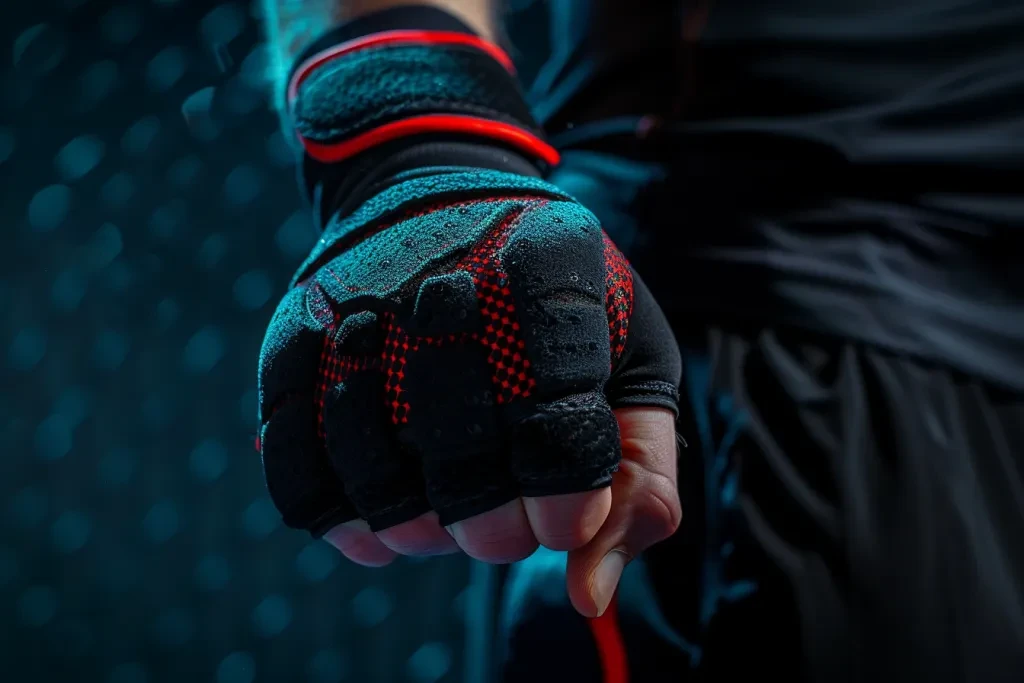
Weight lifting gloves are crafted from a variety of materials, each offering its unique benefits. Leather, for instance, is renowned for its durability and ability to conform to the shape of the wearer’s hand over time, providing a custom fit. Synthetic materials, on the other hand, offer breathability and flexibility, keeping the hands cool and comfortable during intense workouts. Neoprene stands out for its resistance to water and sweat, making it an excellent choice for those who seek to maintain a firm grip despite perspiration. The selection of material should align with your personal preferences and the specific demands of your training regimen.
The blend of materials in some gloves aims to combine the best features of each, offering a balance between durability, comfort, and breathability. Mesh panels, for instance, are incorporated to enhance airflow, reducing the likelihood of sweaty palms. Padding within the glove can vary in thickness, providing either more cushioning for heavy lifting or a thinner layer for better tactile feedback. Understanding the materials and their properties can guide users in choosing gloves that best meet their needs.
Environmental considerations are increasingly influencing the choice of materials, with a growing demand for sustainable options. Manufacturers are responding by exploring eco-friendly materials that do not compromise on performance or durability. As consumers become more environmentally conscious, these considerations are likely to play a more significant role in the selection process.
The importance of glove design and fit
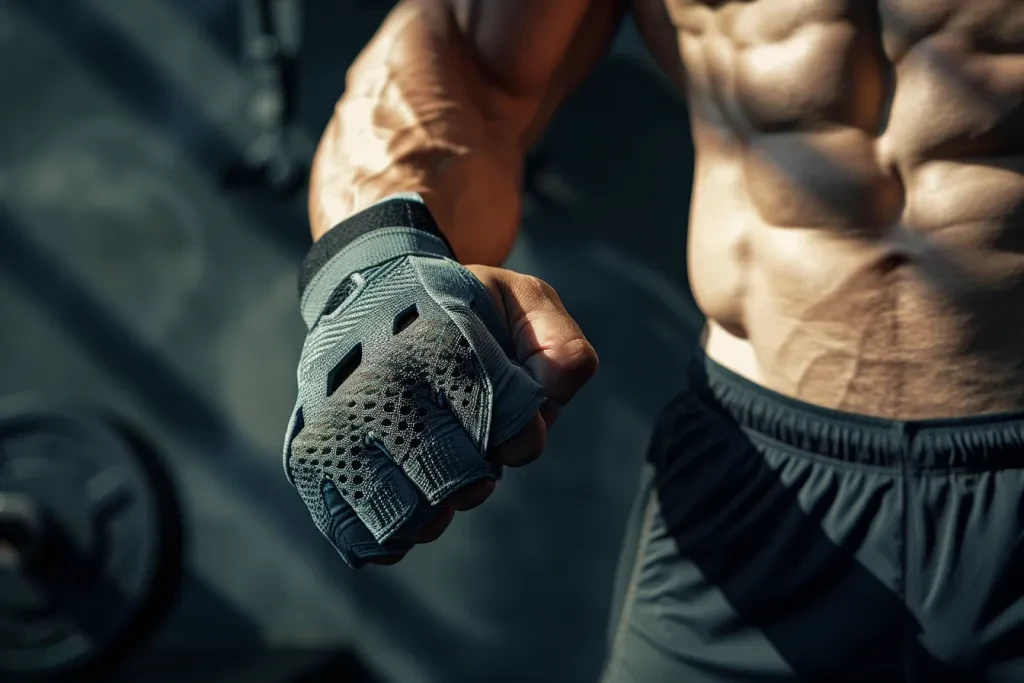
The design and fit of weight lifting gloves significantly impact their effectiveness. A well-designed glove should mimic the natural movement of the hand, allowing for a full range of motion without bunching or slipping. Ergonomic features, such as articulated fingers and wrist support, can enhance comfort and stability, particularly during heavy lifts.
Wrist support is a critical aspect of glove design for many athletes. Gloves with integrated wrist wraps offer added stability and can help prevent strain or injury. The closure system, whether it be Velcro, straps, or buckles, should ensure a secure fit, allowing for adjustments as needed to accommodate individual preferences and wrist sizes.
The fit of the glove is equally important. Gloves that are too tight may restrict circulation and hinder movement, while those that are too loose can cause slippage and reduce grip strength. Trying on gloves and testing them with a variety of equipment, if possible, can help ensure a proper fit that will support optimal performance.
Exploring grip enhancement features
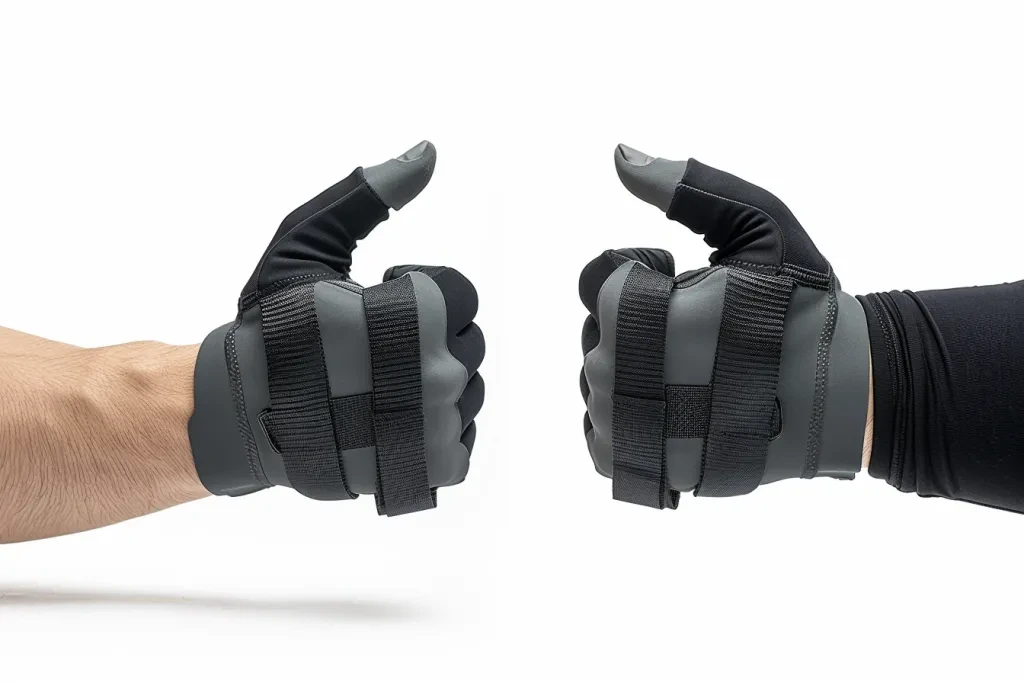
Grip enhancement is a key function of weight lifting gloves, offering users increased control and security when handling weights. Silicone patches, rubber inserts, and textured palms are common features designed to improve grip. These elements can prevent slippage and help distribute weight evenly across the hand, reducing fatigue and the risk of injury.
The effectiveness of grip enhancement features often depends on the specific exercises and equipment used. For instance, gloves with silicone patches may provide superior grip on metal bars and dumbbells, while textured palms could be more beneficial for kettlebell workouts. Understanding the nuances of grip technology can empower users to select gloves that align with their training focus.
Moisture management is another aspect of grip enhancement. Materials that wick away sweat from the skin can help maintain a dry, secure grip throughout the workout. This feature is particularly valuable for individuals who experience excessive hand perspiration.
Assessing the durability of weight lifting gloves
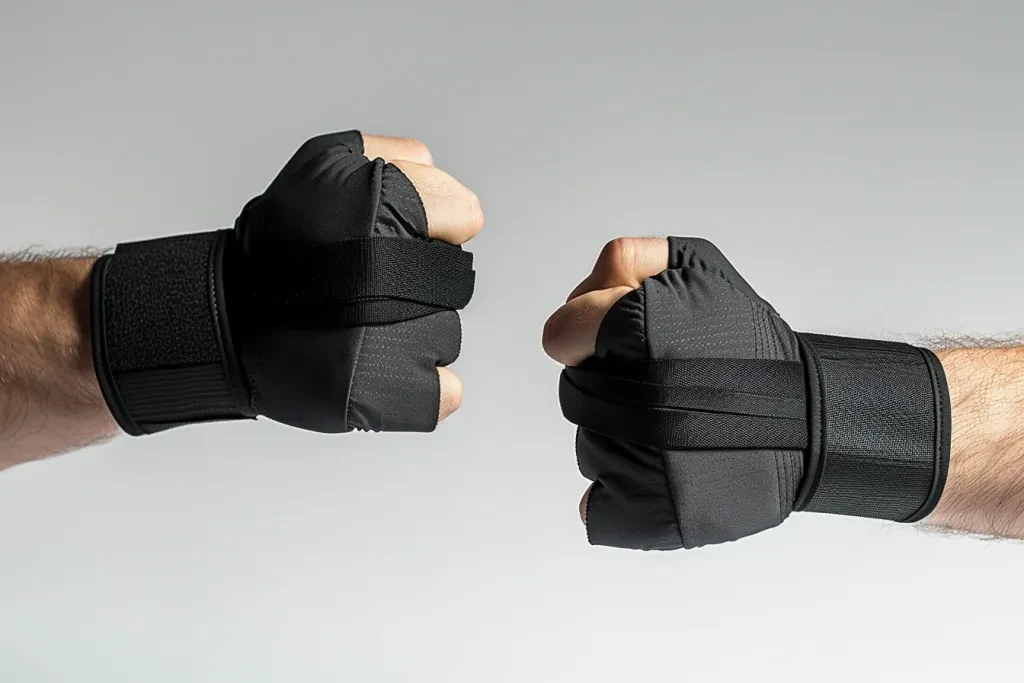
Durability is a critical consideration for fitness enthusiasts seeking to invest in a pair of weight lifting gloves. The construction quality, material choice, and reinforcement in high-wear areas contribute to the glove’s longevity. Double stitching, for example, can prevent seams from unraveling under the stress of heavy lifting.
Regular maintenance and care are also essential to extending the life of weight lifting gloves. Proper cleaning according to the manufacturer’s instructions can prevent the buildup of sweat and bacteria, which can degrade materials over time. Storing gloves in a dry, ventilated area will help preserve their condition and functionality.
The frequency and intensity of workouts will influence the wear and tear on gloves. Users should regularly inspect their gloves for signs of wear, such as thinning material or loose stitching, and replace them as needed to ensure continued protection and performance.
Finding the right size for your hands
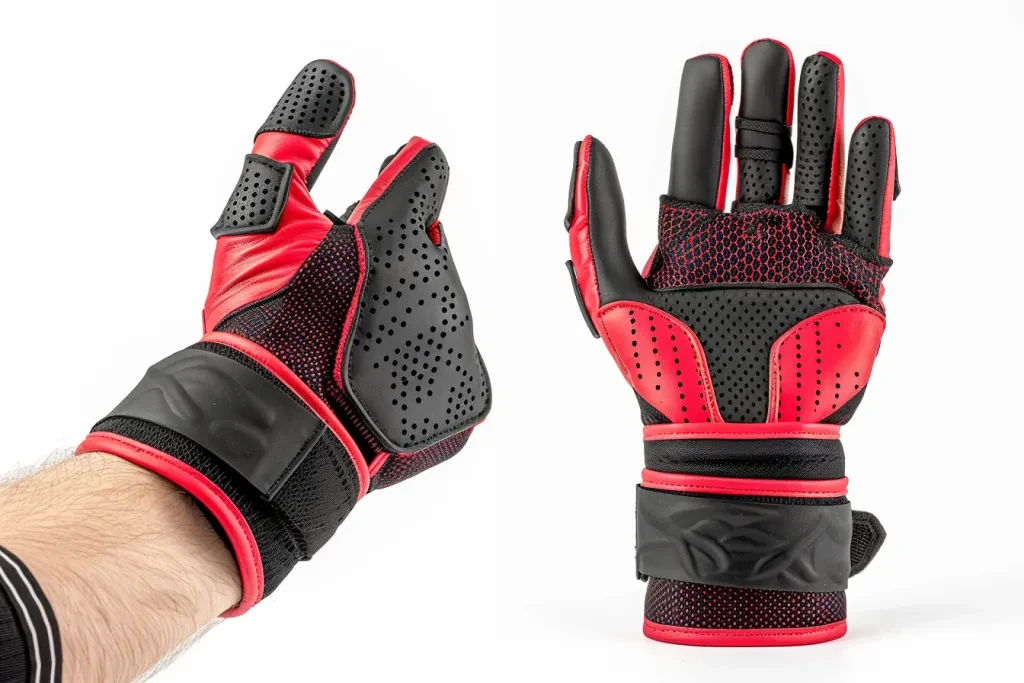
The effectiveness of weight lifting gloves is largely determined by their fit. Gloves that are too small can constrict movement and cause discomfort, while those that are too large may slip and reduce grip efficiency. To find the right size, it is essential to measure the hand according to the manufacturer’s sizing guidelines, typically based on the circumference of the hand or the length of the fingers.
Adjustability features, such as Velcro closures, can provide a customizable fit, accommodating slight variations in hand size and shape. It is advisable to try on several sizes and styles to determine the best fit, taking into consideration the thickness of the material and any additional padding.
Personal preference plays a significant role in the selection of glove size. Some users may prefer a tighter fit for better tactile feedback, while others may prioritize comfort and choose a slightly looser fit. Experimenting with different sizes and fits can help identify the most comfortable and effective option for individual needs.
Conclusion
Weight lifting gloves are a versatile and valuable accessory for any fitness enthusiast. By understanding the key aspects of materials, design and fit, grip enhancement, durability, and sizing, users can make informed decisions that enhance their training experience. The right pair of gloves can provide the necessary support, protection, and performance benefits to help achieve fitness goals. As with any piece of equipment, personal preference, and specific training requirements should guide the selection process, ensuring the gloves meet the individual’s needs and expectations.
